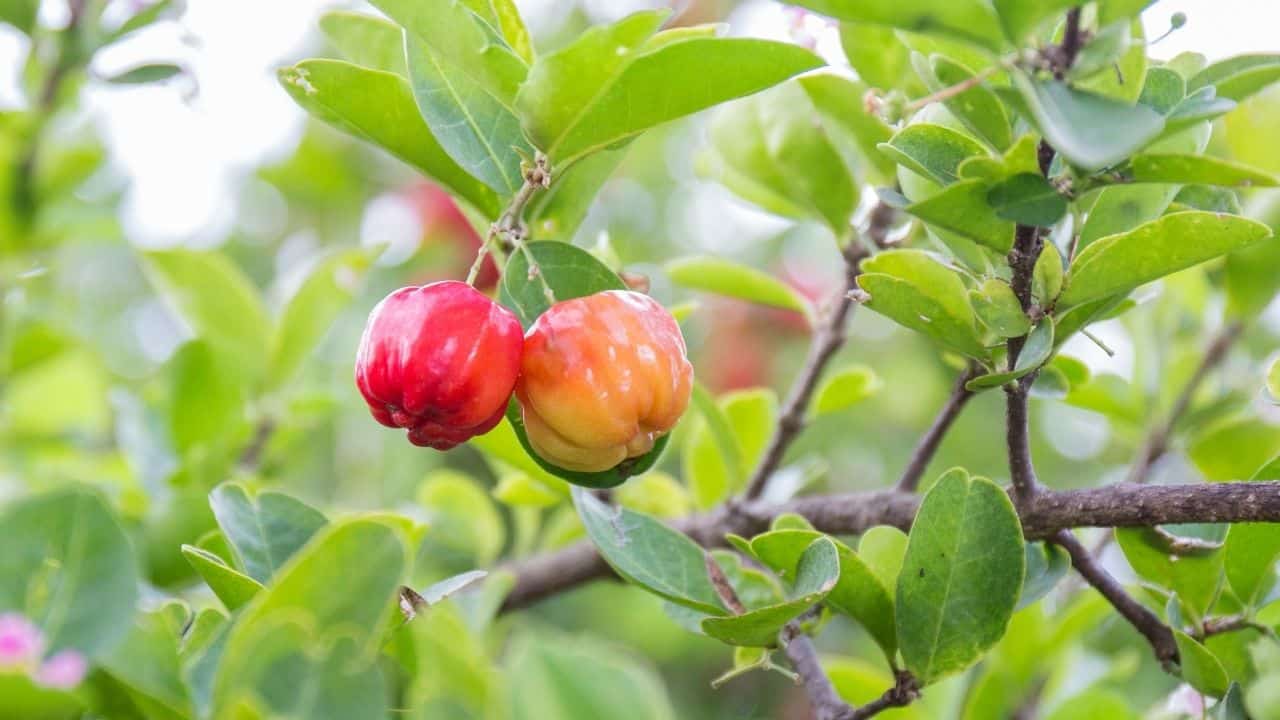Learn Why Plants Produce Fruits

The sight of lush, fruiting trees is a common one in many parts of the world. But have you ever paused to wonder, "Why do plants have fruits? These vibrant, often delicious structures are more than just a tasty treat for humans and animals. They play a crucial role in the plants reproduction process. Let's unravel the mysteries behind this fundamental aspect of botany.
The Fruit Role in Plant Cycle: A Key to Plant Reproduction
What if we told you that the fruits you enjoy are essentially a plant's grand plan for survival and propagation? You'd be right to be amazed. The fruit role in plant cycle is akin to a protective wrapper that ensures the next generation of plants has the best chance of survival. Fruits encapsulate seeds, the tiny units that will eventually grow into new plants.
Imagine the seed as a minuscule, dormant embryo. It needs a safe environment to germinate and grow. The fruit provides this by encasing the seed within its protective walls. The sweet or fleshy exterior of the fruit serves as a reward for animals and birds that consume it, ensuring the seed is dispersed far from the parent plant.
Seed Dispersal: The Secret to Plant Survival
Why is seed dispersal so important in the context of the plants reproduction process? Think of it like a strategic plan to minimize competition. Would a tree want its offspring to compete with it for sunlight, water, and nutrients? Of course not! This is why seed dispersal is integral.
Fruits are designed to attract animals and birds. Once consumed, the seeds pass through the digestive system and are excreted elsewhere, often far from the original plant. This natural process ensures that new seedlings have a chance to establish themselves without competing for resources with their parents.
The Botanical Marvel of Fruits
To appreciate why plants produce fruits, it’s essential to delve into the botany basics of fruiting. Fruits are the result of a complex series of biochemical interactions that occur within the plant's reproductive organs. After pollination, the ovary of the flower begins to develop into a fruit. Inside this fruit are the seeds, which form from the ovules.
This process is remarkable for several reasons. It ensures that each seed has its own tiny parcel of nutrients and protective covering, much like a tiny capsule that will be transported to a new location. This packaging and transportation mechanism is a brilliant solution to the age-old challenge of survival:
How Fruits Ensure Plant Generations
From the strawberries you enjoy in summer to the apples you might bake into a pie, every fruit you encounter is a testament to the plant's ingenuity. By enticing animals to ingest them, plants guarantee that their seeds are spread far and wide. This isn't just about ensuring the plant's next generation; it's about spreading that generation across vast expanses, increasing their chances of survival.
So, the next time you bite into a juicy piece of fruit, remember you're not just savoring a delicious snack. You're participating in one of nature’s most elegant strategies for survival and perpetuation.
To learn more about botany and the plants reproduction process, you might find National Geographic's guide to fruitsor Britannica's overview on fruitsparticularly helpful resources.
Your Role in This Natural Cycle
What can you do with this newfound knowledge? You can start by appreciating the role you play in nature’s intricate web. When you eat a piece of fruit, you’re aiding in the plants reproduction process. You can also plant seeds from your fruits to grow new plants, thereby participating actively in this cycle.
If you’re curious about botany, consider planting a small garden. Observe the lifecycle of plants from fruiting to seed dispersal. There’s no better way to understand the fruit role in plant cycle than by witnessing it firsthand.
Finally, share this knowledge with others. Encourage your friends, family, and children to appreciate the natural world around them. Understanding why plants have fruits can inspire a deeper respect for nature and its ongoing processes.
Conclusion
Why do plants have fruits? They are the crucial element in the plants reproduction process, ensuring seed dispersal and the next generation's survival. Next time you enjoy a juicy apple or a sweet orange, remember the fascinating botany basics of fruiting and your role in this incredible process. So, what are you waiting for? Go out, enjoy some fruits, and share the knowledge with others!
Frequently Asked Questions
1. What is the primary purpose of fruits in plants?
Fruits primarily serve the purpose of protecting seeds and aiding in their dispersal away from the parent plant.
2. How do fruits help in the plants reproduction process?
Fruits entice animals and birds to eat them, dispersing seeds far from the parent plant, thereby increasing the chances of seed germination and new plant growth.
3. Can all plants produce fruits?
No, not all plants produce fruits. Some plants, like ferns and mosses, reproduce through spores instead of seeds and fruits.
4. How do seeds develop inside fruits?
Seeds develop inside fruits from the ovules inside the flower's ovary, after fertilization occurs during the pollination process.
5. Are fruits always sweet and colorful?
No, while many fruits are Sweet and colorful, others can be dry or bitter. The appearance and taste of a fruit can vary widely depending on the plant species.
```
0 Response to " Learn Why Plants Produce Fruits"
Post a Comment